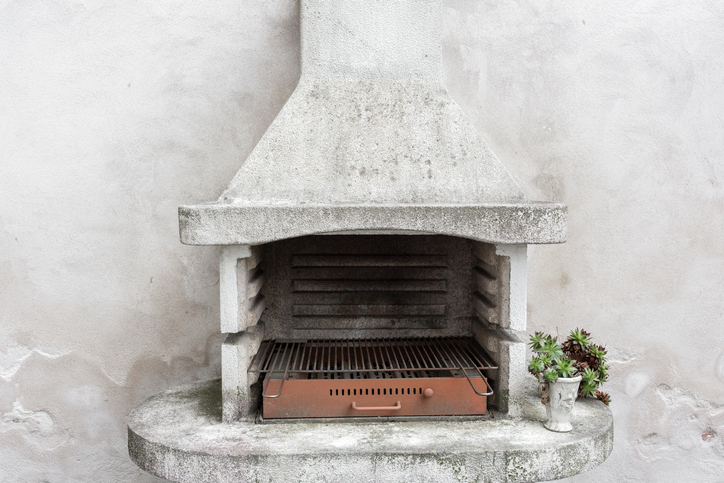Your deck should be an extension of your home in the summer – the place for gatherings, bbq’s and relaxation. If your deck is in need of a serious repair, call in a pro. Wobbly or unsafe decks should always be addressed by a professional who can help assess issues and resolve problems. New decks or deck additions may require permits, so be sure to clarify this with your professional as well.
If your deck needs a good cleaning and new stain, you may be able to do this project yourself. You’ll need to allow several days of dry weather and prepare yourself for a lot of sanding, scrubbing and staining. If your deck is quite large, or if you have a lot of furniture to move out of the way, you may want to hire a pro to do the job. But if the area is rather small, you can tackle this project over a couple of weekends.
Staining your deck is actually a very straightforward process but much like painting a wall, the work lies in the preparation. Take a look at this before and after project from Seley Painting. Some homeowners decide to apply paint to their deck instead of stain. The disadvantages are you’ll need to apply several coats and paint doesn’t allow the beauty of real wood to show through. If you aren’t sure if you should stain or paint your deck, be sure you call a decking contractor or painting company for a consultation.
1. Pre-planning and preparation
For best results, plan your deck re-staining project when you are expecting several days of dry weather. Take the time to gather all of your supplies and clear off all furniture, containers and debris. You may need to spend some time at the deck supply or paint supply store purchasing supplies, tools, testing samples and getting all the products you need.
2. Prepare the wood
Before you apply the stain, apply a deck cleaner and let it sit for 10-15 minutes. Using a wire brush, scrub and clean the deck to remove oils, stains and dirt. Sand any rough surfaces, tap in loose nails, and rinse the surface. Your stain won’t set correctly if you don’t take the time to prepare the wood. If necessary, apply a wood brightener to remove any graying, dirt or grime from the unsealed wood and is a good step before staining. You can find this product at hardware stores or paint and stain stores. Before you move on to the staining process, be sure you let the wet wood dry for several days.
3. Oil versus water based stain
There are two main types of deck stain: water based and oil based. Just like interior paint, water based stain is easier to apply, but oil based stain lasts longer. Both stains are usually offered in transparent, semi-transparent and solid color stains. If you don’t know which type to apply, visit the stain or paint supply store and ask for samples. Some stores have side-by-side comparisons to show examples of how these stains are different. Some stains do not require a follow-up coat of sealant. Ask your supplier whether or not your stain will require a final coat of sealant or not.
4. Start staining
Use a brush or roller and apply the stain liberally for best results. Wipe off any excess that doesn’t soak into the wood after letting it sit for at least an hour. Most stain manufacturers recommend allowing the stain to dry for at least 24 hours before using the deck. Once dry, assess if you need another coat, or to touch up any missed areas.
5. Regular deck maintenance
Your own regional weather and deck traffic may determine how often you need to reapply stain to your deck. Some manufacturers recommend a regular cleaning and application every two years. If you regularly grill on your deck, take special care for grease or oil spills. Oil tends to soak into the wood, even with a stain and sealant, and may not be able to be removed. Regularly sweeping your deck and removing debris will help mold and dirt from accumulating. Removing furniture during the off season may prevent marks from forming and will create an even wear and tear.
Top image credit: Coop 15, PC




